Ep. 39: Look Back, by Tatsuki Fujimoto
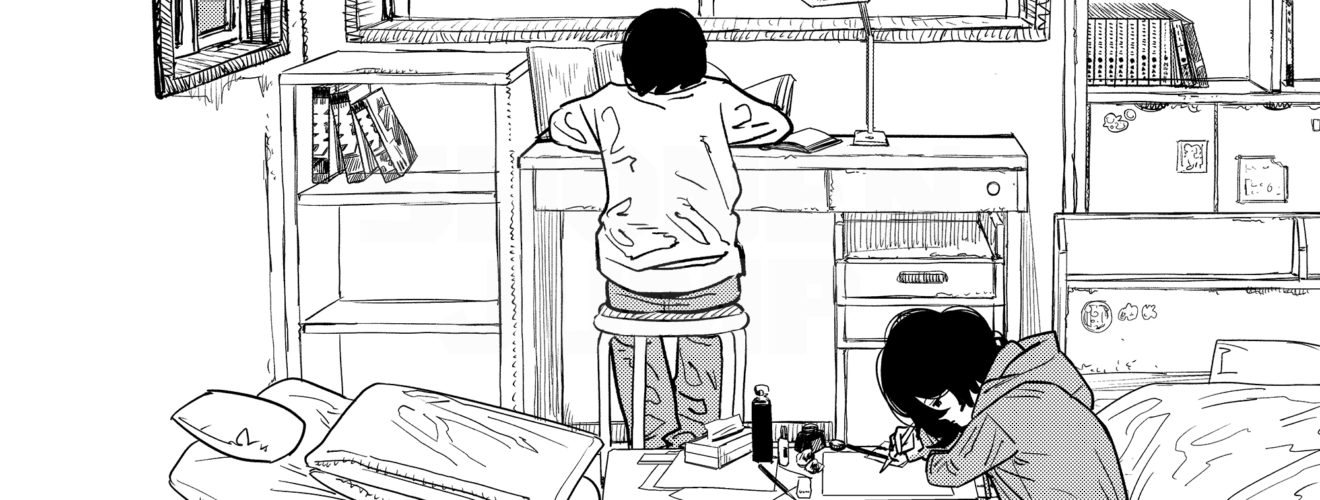
This week the team tackles Look Back, a short story by Chainsaw Man creator Tatsuki Fujimoto. It’s a huge departure from his previous works, and the team takes their time to unpack a very delicate story.
Powered by RedCircle
IN THIS EPISODE:
00:00 Look Back by Tatsuki Fujimoto
1:02:10 The Break
1:03:00 Reader Q&A: How come so many manga-ka are writer-artists?
1:19:00 Special Text-Only Shout-Out!
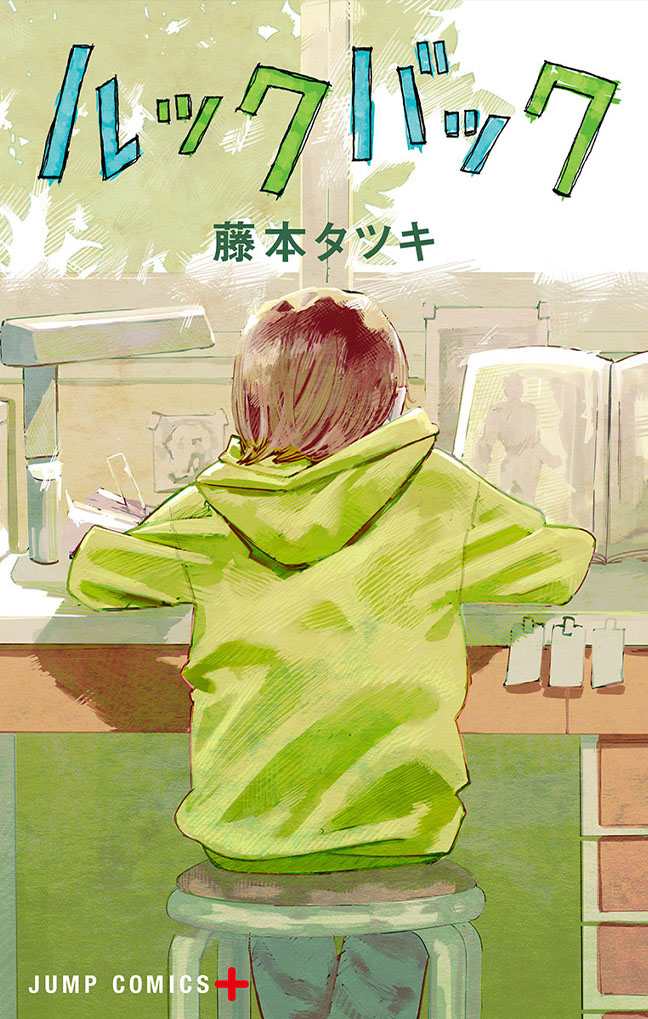
Look Back
By Tatsuki Fujimoto
Translated by Amanda Haley
Lettered by Snir Aharon
Published by Shonen Jump / VIZ Media (Digital Only)
Show notes by Christopher Butcher and Deb Aoki. Audio editing by David Brothers.
Trigger warning For this episode: Real world crimes, murder.
Before we get started: Here’s a bio of Tatsuki Fujimoto:
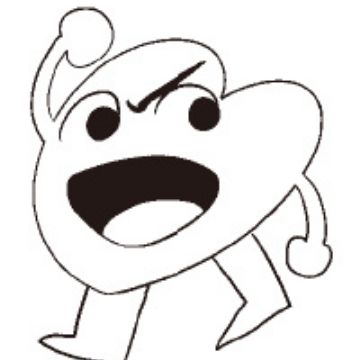
Tatsuki Fujimoto was born in 1992 or 1993, in Akita, Japan. Sources on the year of his birth differ, maybe so people don’t discover his real name / photo by matching him against school yearbooks or something? Anyway, he grew up in a small town, Nikaho, in Akita Prefecture in northern Japan. He graduated in Western Painting from Tohoku University of Art and Design in Yamagata, in 2014. He made is debut fresh out of high school in 2011, with a one-shot in Jump SQ magazine. He released several more one-shots from 2011-2015, before starting Fire Punch in the online magazine Jump +, his first major serialization, which was published in print in its entirety by VIZ Media. His second serialized work, Chainsaw Man, debuted in the printed Weekly Shonen Jump magazine, and continued through 11 tankobon. It’s… a little much for Jump though, and it has been announced that the sequel series will return to the online Jump +.
Fujimoto topped the Kono Manga ga Sugoi! (This manga is great!) critics list for male manga in 2021, he won the 66th Shogakukan Manga Ward for Best Shonen Manga in 2021. He also took home the 2021 Harvey Award for Best Manga. He is a very accomplished manga creator, and isn’t quite 30 yet.
00:00 Here’s a quick description of the book, just so we’re both on the same page. SPOILERS for this story follow.
“A young girl, Fujino, is the best artist in her class, and her comics in the school newspaper delight all of her friends. When a reclusive new girl, Kyomoto, starts serializing her comics in the newspaper as well, they blow Fujino’s away. A chance meeting between Fujino and Kyomoto shows that the two girls have more in common than they think, and as they begin to inspire and learn from one another, the girls become fast friends. After years of making manga together, tragedy strikes Kyomoto, and Fujino looks back on their life, friendship, and manga, to try to make sense of it all and figure out how to move forward.”
00:30 So about “one-shot” manga. While I think historically there haven’t been a lot of one-shots in the vibe of Look Back, particularly in its 160-page, (unserialized) length, Shueisha’s digital Jump+ platform is actually releasing a lot of one-shots these days. These tend to be in the more traditional length of 40-60 pages, and many of them read a lot more like pitches for potential ongoing series’ (sort of like “pilot chapters” for ongoing series), as well as contest winners and one-off shorts by creators of popular manga. In short, it isn’t maybe as completely unprecedented as I made it out to be, but it still is weird for the equivalent of an “Original Graphic Novel” to be released all at once on that site.
You can see the Japanese language version of all of these one-shot manga stories on the Jump+ website, at https://shonenjumpplus.com/series/oneshot.
We’ve had a couple listeners and readers (hi!) ask us to talk more about pilot chapters in a future episode, and it’s something I’ve been thinking of for a while. Breaking down the difference between pilot chapters, one-shots, etc., would be an interesting episode. I’d personally need to do a lot more research first though!
01:40 So… yeah. There’s no printed book version of this (yet). It was released in Japan as a stand-alone, 160-page graphic novella this fall. But literally nowhere else in the world yet, which is… strange? It’s a universally heralded short story, and even if VIZ is a little slow on these things sometimes, other countries tend to scoop that stuff right up. But yeah, no foreign editions of this yet. Kind of surprising, and perhaps there’s more to this particular story than we know. Anyway, that’s why we used the Japanese book cover above.
UPDATE: On February 14, VIZ Media announced via Twitter that a print edition of Look Back will be published in Fall 2022.
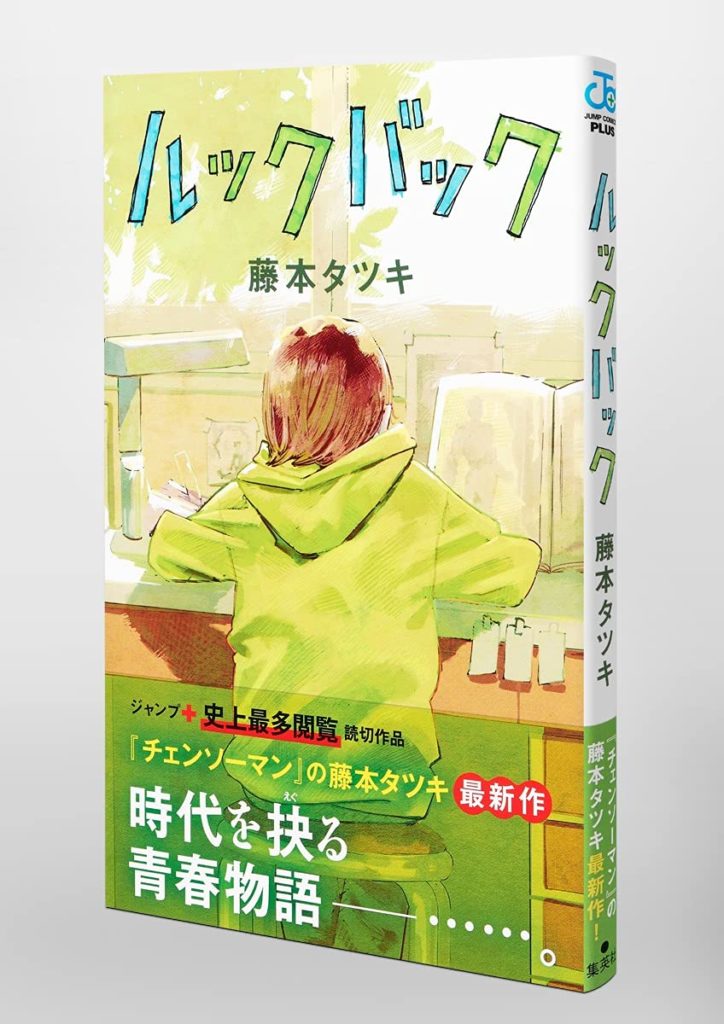
03:00 Yeah, the Eisner Awards. Without going on a whole rant (I’ll leave that to Deb!), it’s pretty fair to say that manga tends only to get nominated in manga categories, even when it’s offered up for nomination to the Eisner judges in other categories. I’m glad to see like, Junji Ito being the one name that Eisner judges recognize as ‘worthy’ of nominations outside of the manga category, but, yeah, there’s a whole world of great stuff that doesn’t get recognized by the ‘comics’ awards.
[Deb:] Named after pioneering comics creator Will Eisner, the Eisner Awards are the N. American comics industry’s version of awards to recognize the best comics published in the past year. Nomination is done by committee, and voting is limited to comics industry professionals, so it’s considered one of the most prestigious awards of its kind in N. America. You can see the list of past Eisner Award winners on the San Diego Comic-Con website.
05:50 We kind of gave Tatsuki Fujimoto’s main, smash-hit, soon-to-get-an-anime, Chainsaw Man a bit of a short-shrift here. It’s actually kind of about poverty, about coming from circumstances, about trying to rise out of it, and it deals with things like body horror in a really interesting, visceral way. The first few chapters are free on the Shonen Jump site (and on MangaPlus) and it’s worth checking out the first chapter to see if it’s your thing.
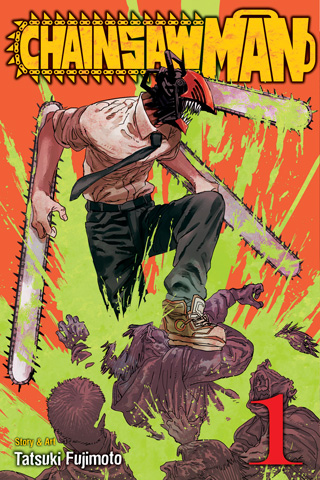
Another thing that’s kind of interesting that we didn’t mention is that Chainsaw Man went on hiatus at the end of the first major arc, back in December of 2020, and new chapters haven’t been released since that time. The 160-page novella Look Back was released in July 2021, and then the anime adaptation of Chainsaw Man has been announced, which would imply that more will be coming soon. It does sort of point towards a picture of mangaka Fujimoto-sensei as someone who needed some time to work through some things, and hopefully Look Back was cathartic for him.
I will say the anime trailer for the series looks really good.
Meanwhile, the Jason Statham + electronic music movie franchise Crank is… worth your time. Here’s the trailer for the second film in the trilogy, Crank: High Voltage, because the first trailer on YouTube is from 2006 and it’s in like 360p. Lol, the past is lo-res.
07:00 One of the best sequences in the book might just be when Fujino gets words of praise from Kyomoto (whom she feels is a much better artist), and on a walk home in the rain sort of ‘comes back to life’ after a year of not drawing. It’s so, so good.
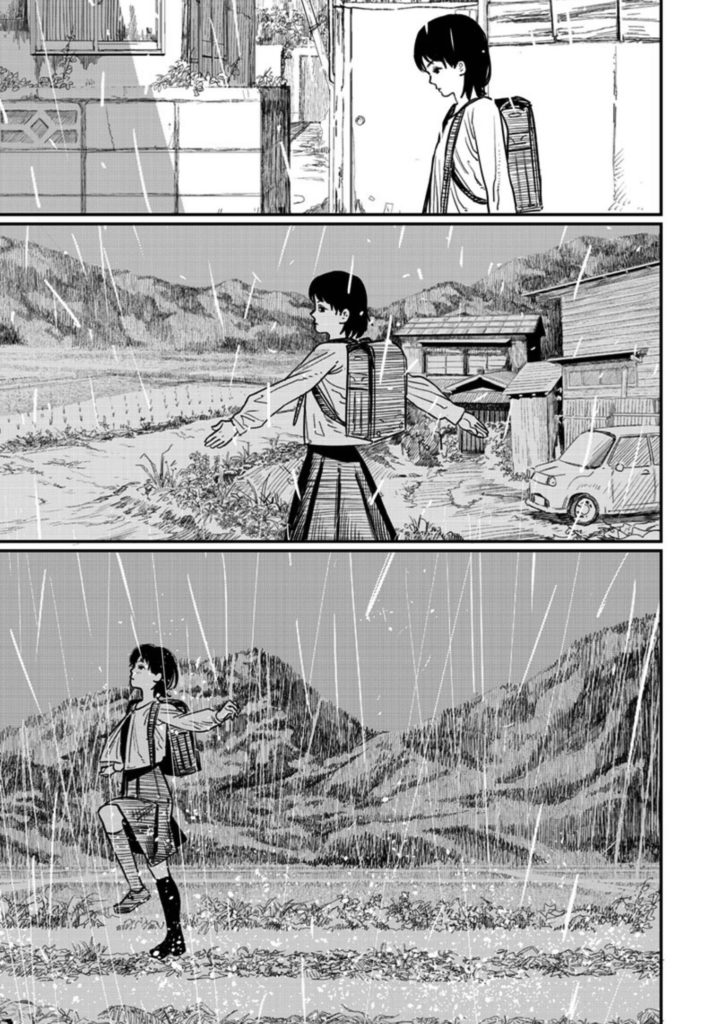
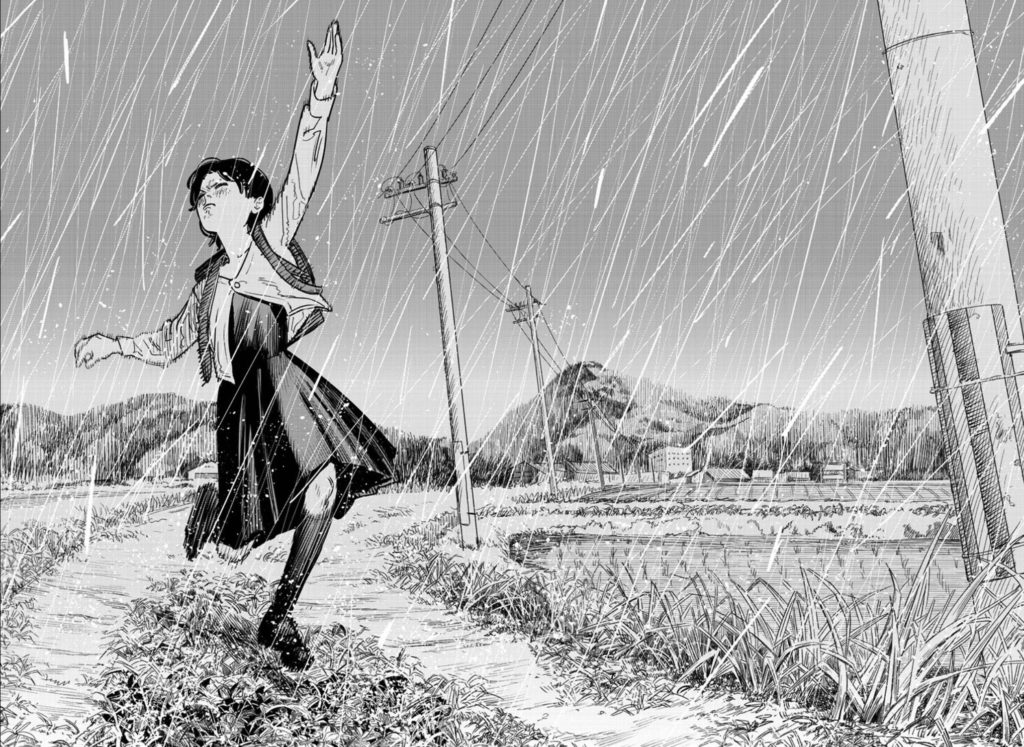
08:55 I mentioned the “Drawing is completely useless,” spread here, but I actually think there are much better moments that convey what Chip is talking about, so I’m gonna leave that one out.
09:37 BAD NEWS! This short story is actually no longer free on VIZ.com. Sadly, some time between recording this episode and when it went live, VIZ moved this story behind the Shonen Jump paywall. Now, Shonen Jump is only $3 a month (and between this, DanDaDan, and Golden Kamuy in a few weeks, you’ll probably get your money’s worth if you care about this podcast enough to read these show notes… But yeah, sorry about that. I kinda can’t believe our poor timing on this one.
09:45 There’s a lot of aspects of the Kyoto Animation arson attack that are sensitive and triggering, and I already feel bad about misremembering the death toll, so here’s a slightly edited version of the Wikipedia article that explains things.
The company Kyoto Animation (KyoAni for short) is responsible for a number of very popular, beautifully animated series’ including Miss Kobayashi’s Dragon Maid, Violet Evergarden, Free!, A Silent Voice, K-On!, and The Melancholy of Haruhi Suzumiya. On July 18th, 2019, the suspect entered the front door of the studio carrying about 40 litres of gasoline, and doused the area and several employees with it before igniting it. The blaze killed 36, injured 34 (including the suspect), and completely destroyed the building and all materials in it. More than two-thirds of the victims were women, as the studio was known for hiring female animators. The man who is the chief suspect for the crime admitted to it on the way to hospital, saying that the studio was ‘plagiarizing’ his novels (unpublished). It has been reported that the suspect suffered from mental illness.
It’s worth noting if you read Look Back, some of the text in the Japanese edition was changed between initial publication and the current version online, as the accusations of plagiarism and the description of his ‘paranoid episode’ or mental illness was thought to make the story too close to the KyoAni Arson Attacks, and even to stigmatize mental illness (which already carries huge, huge stigmas in Japan). The English edition of the text was not updated to remove these references, so far as I can tell, but unsurprisingly some folks were very upset about this on social media, both the pro-change and anti-change side. I get it, I wouldn’t want to put something out that inadvertently stigmatized mental illness either. Hopefully Fujimoto was on board with the change at least.
It’s interesting too, because I knew all of this going in and didn’t bring it up, because it wasn’t what I was interested in talking about when it came to this manga, but I do think that the team thought it was a pretty respectful look at something like this and didn’t venture into Holy Terror territory (more on that in a moment).
11:00 I actually found this list of manga-ka praising Look Back while googling for info about this episode. Inio Asano (Goodnight, Punpun) basically says “I’m at a loss for words. It’s amazing.” Which is pretty high-praise.
12:50 I name-drop the anime film director Makoto Shinkai here, and his film Weathering With You, because I couldn’t actually remember the name of his other film that’s actually more appropriate for this comparison, which is actually Your Name. Your Name also has some ‘what if’ type scenarios in it, no spoilers, and reading this manga gave me real vibes from his more recent films. Hopefully you get the reference, and if not, well, I can recommend going and watching Your Name and Weathering With You.
18:50 The hallway full of sketchbooks is really incredible visual and environmental storytelling. It communicates not just the drive and determination, but the loneliness and the distance between Kyomoto and the outside world.
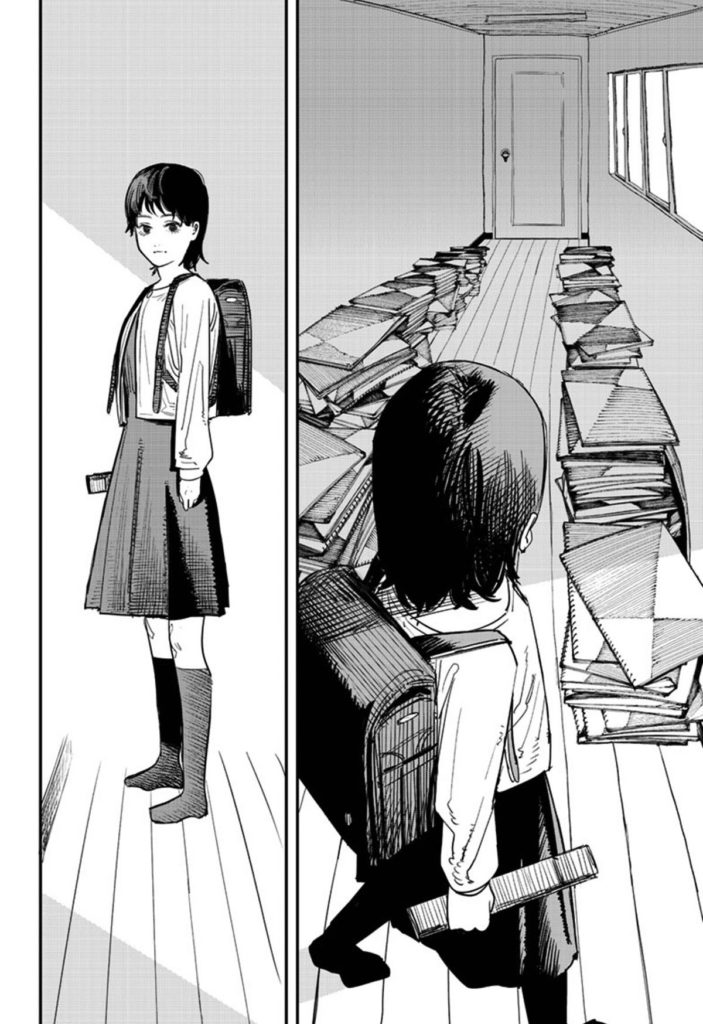
24:00 Holy Terror is a story by Frank Miller that was supposed to be “Batman stops terrorists” and Frank Miller gets comic book revenge for 911. DC pulled it, Miller reworked it into a thinly veiled Batman analogue, and, it was released by Legendary Comics. It’s bad, has hateful ideas in it, and frankly it should never have been published.
25:15 So coming full circle from the biography at the beginning of this episode’s show-notes: Tatsuki Fujimoto made his debut at 19 very young, just like the protagonists, and did in fact go to the Tohoku University of Art and Design in Yamagata, which is portrayed in the story as the school that Kyomoto attends. There are many autobiographical elements of this story, almost like Fujimoto split himself into two characters, and one of them died under tragic circumstances. Dude is clearly going through some stuff.
If you go through that Reddit thread I link above, there are a lot of other very good catches from the hive-mind about allusions throughout this story to Fujimoto’s many other works, including his one-shots, as well as Fire Punch and Chainsaw Man.
25:42 On that note, the characters’ names in this story are Fujino and Kyomoto, and when they decide to work together they choose a sort of portmanteau of their last names as their author name–Kyo Fujino. But it’s pretty easy to see that another portmanteau would by Fujimoto. Especially as the character for “Fuji” in both Fujimoto and Fujino’s names are the same. Rough.
30:03 Good reference from David, calling Fujino’s karate-kick a “Rider Kick,” referencing the classic Japanese hero show Kamen Rider, and one of that character’s iconic moves.
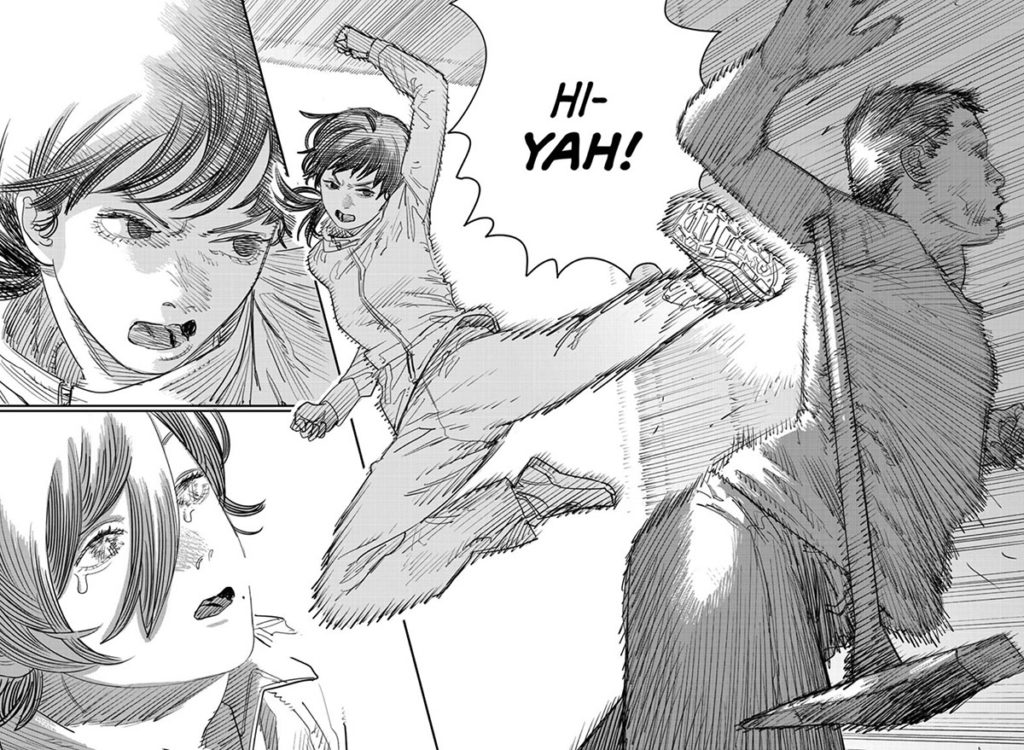
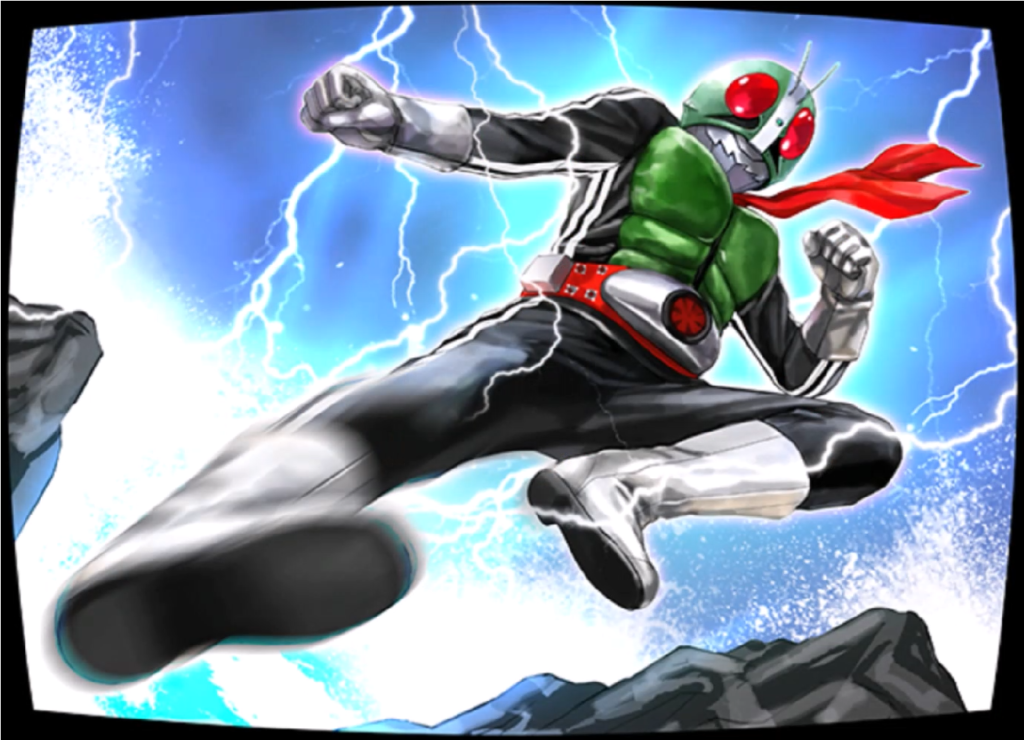
34:30 I did resist copying in too many of the bits from that Reddit thread, there’s a ton of good info there that someone should collect and publish somewhere reputable, at some point, but I do think the name of the story is a pretty key piece. So we have the first and final pages of LOOK BACK below. “Don’t” starts off the manga, and then the entirety of the story takes place (the story called LOOK BACK), and then IN ANGER appears as the final word in the bottom left corner of the last page. About letting go and moving forward, maybe? As messages go, a pretty good one.
So the title, as I mention, is clearly a reference to the song Don’t Look Back in Anger, by the Britpop band Oasis, forever third in my heart behind Blur and Pulp.
The title is a play on the John Osborne… play, Look Back In Anger (1956), adapted into a film starring Richard Burton in 1959. It was quite popular at the time though.
As I mentioned, music inspires comic titles all the time. I think it’s kind of cool to see the two media sharing with one another. In addition to Scott Pilgrim, named after the song by Plumtree released in 1998, O’Malley named his first graphic novel Lost at Sea after a song lyric from Radiohead. We talked about mangaka Atsushi Kaneko in last week’s show notes for RaW Hero, and his second-most-recent comic series is titled Search and Destroy, named after the song by Iggy Pop. Recently, a French cartoonist, Miriam Malle named her new graphic memoir This Is How I Disappear after a song by My Chemical Romance. There’s lots more examples out there too!
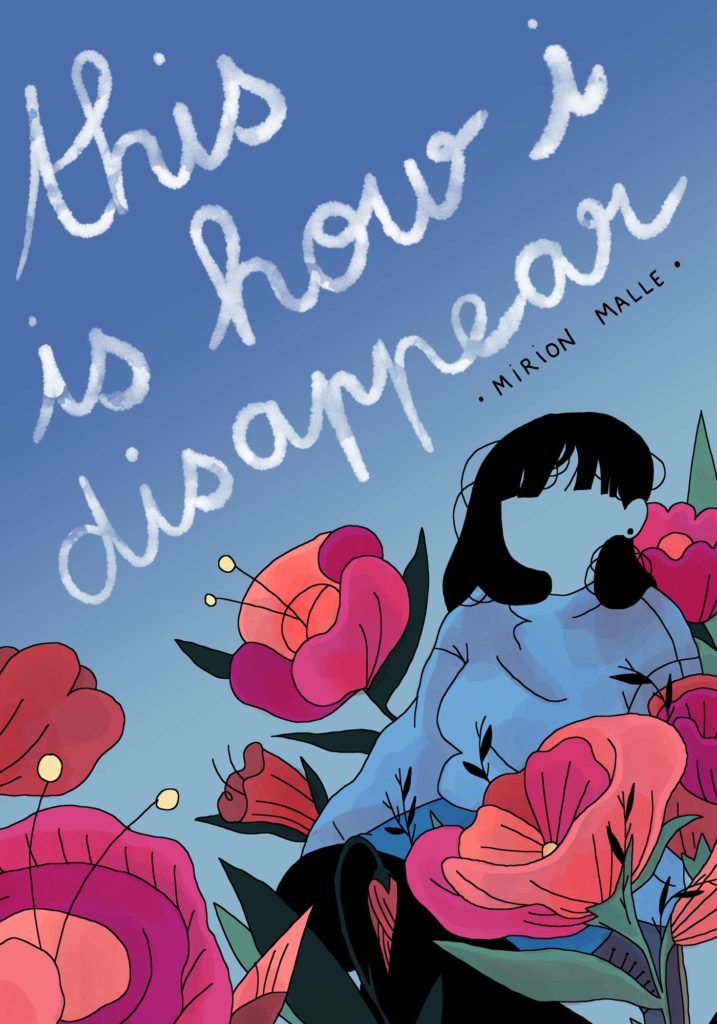
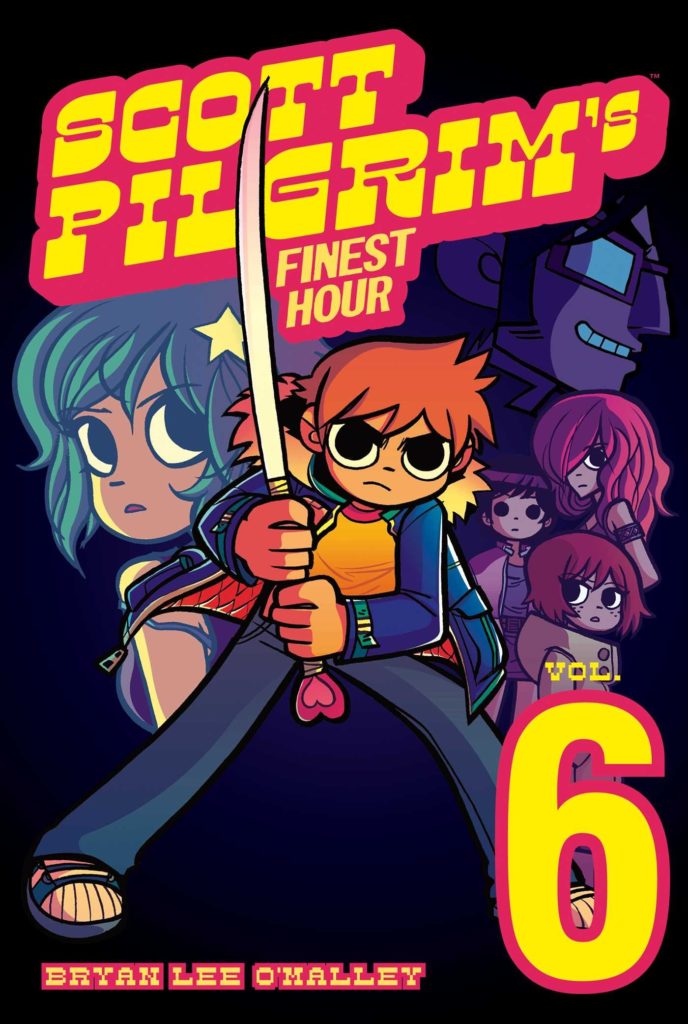
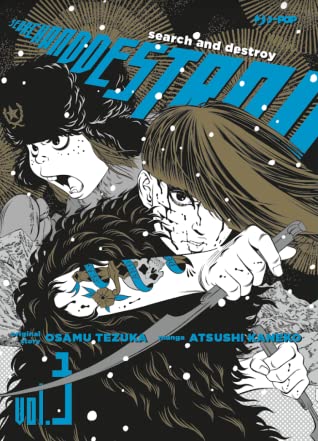
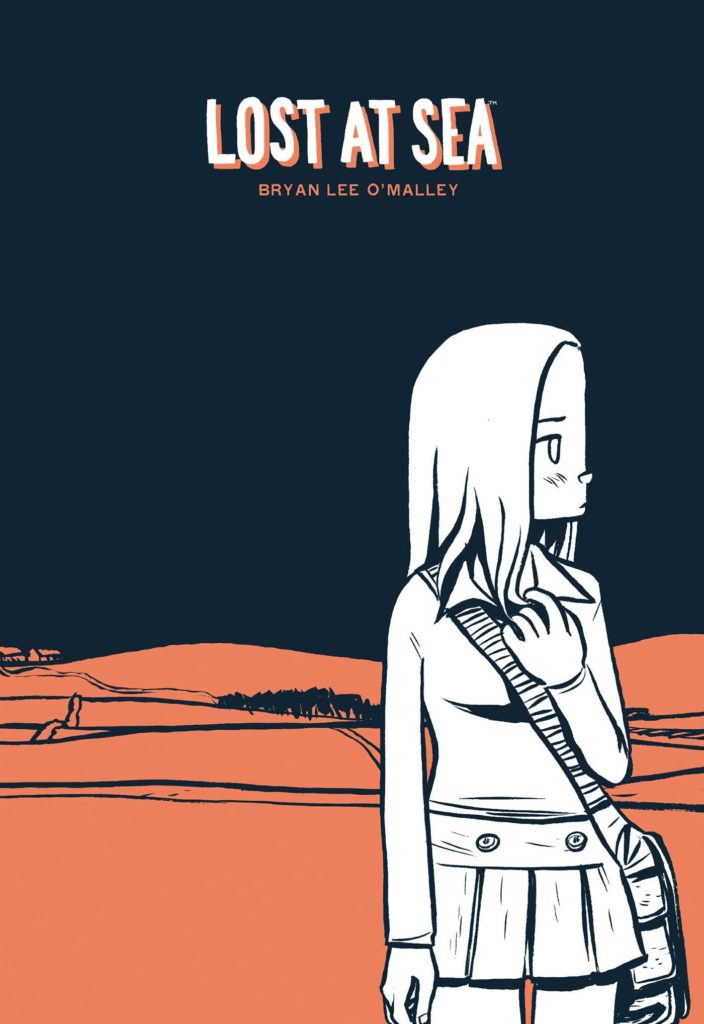
41:50 So yeah, Deb and I were in Manga Erotics F. When manga creators Natsume Ono and Usamaru Furuya were in Toronto for TCAF in 2011, they did a little diary comic of their trip. Ono-sensei drew both myself and Deb (as well as Jocelyne Allen and a few other friends), and Furuya-sensei drew me. It was a lot of fun. I can’t find the English translations right now, but here’s an excerpt from Ono’s strip, with Deb in the last panel and me in the first:
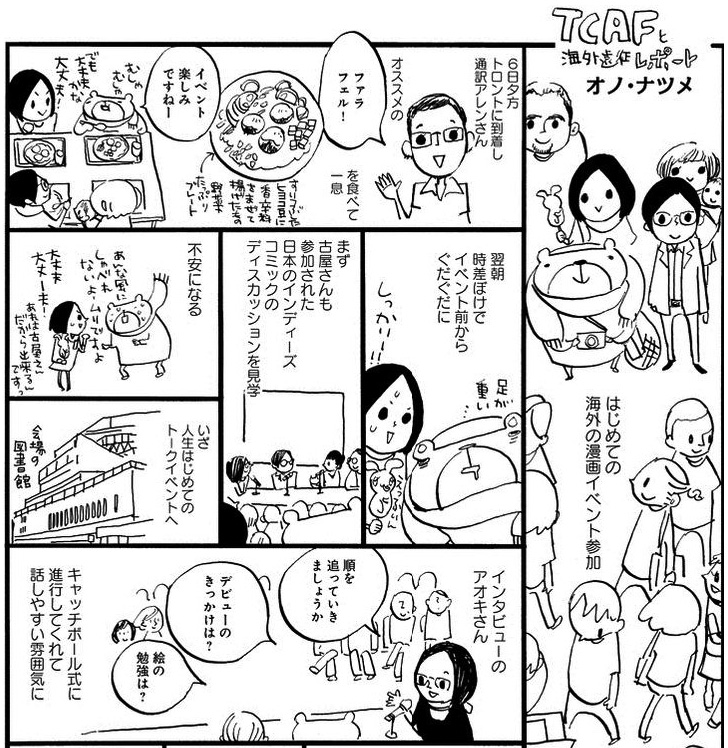
And here’s an excerpt from Furuya’s strip:
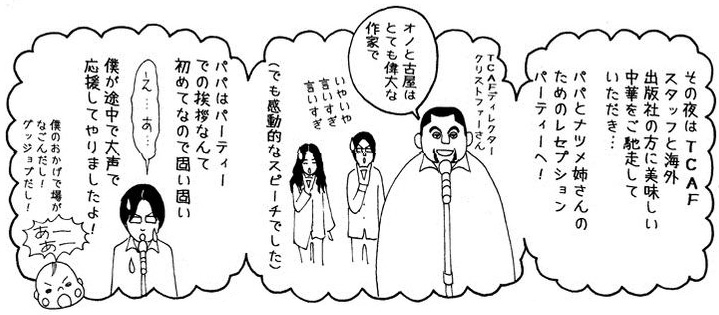
It’s pretty cool, ngl.
44:35 This segment where David talks about how all of the scenes of drawing manga are silent, in this book, is true. He describes it as sacred, but it always looked a little lonely from the outside. I’ve been this person though, dedicated to their work in this way, and it wasn’t lonely exactly?
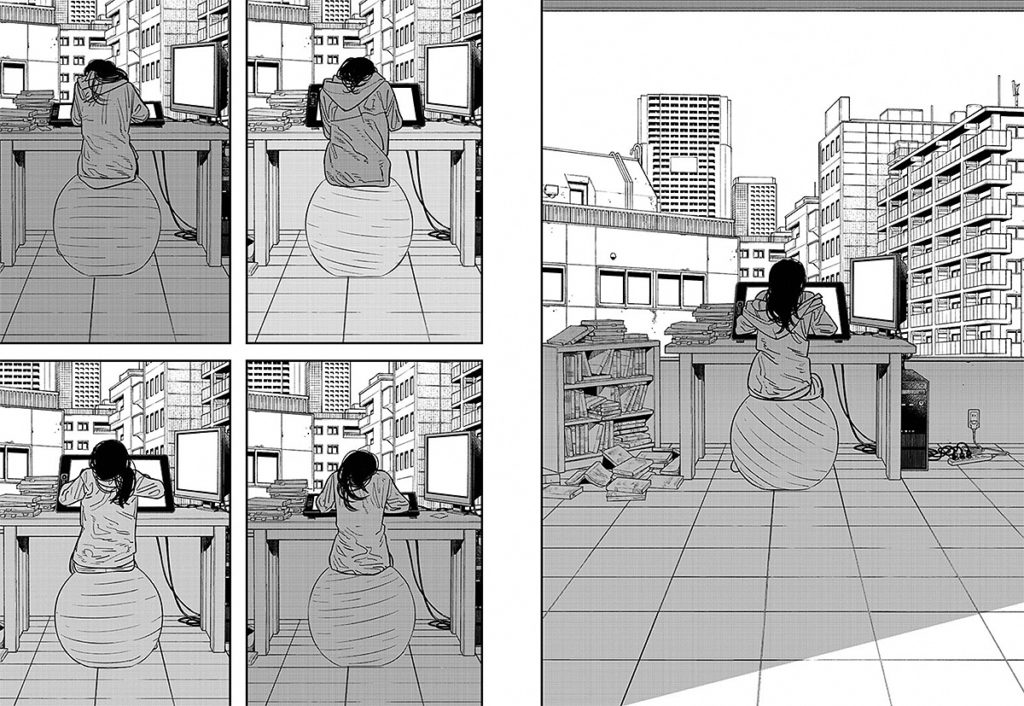
46:00 Meanwhile, the comic I talk about here, Down the Stairs, by Seth, is also about a solitary, dedicated pursuit. It seems like ritual to me, and that’s probably closer to David’s ‘sacred’ interpretation than to my own ‘lonely’ one. Anyway, check it out.
52:35 I was going to put one of the many ‘inspirational poster’ style images/gifs that came up when I googled this, but let’s go with the classic (which is probably what Chip was referencing anyway).
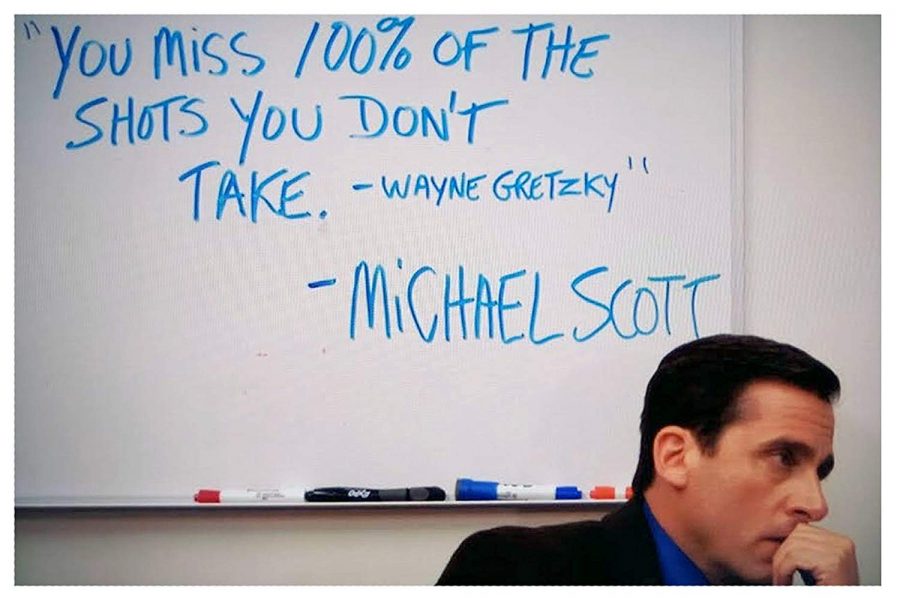
57:04 So David came through on this episode, and did, in fact, agree to share some of his fan-art with y’all here! I did not (I spent my time writing this instead of drawing or finding old drawings). Chip commented that his ‘Sunspot’ has Basquiat vibes, and I can see that.
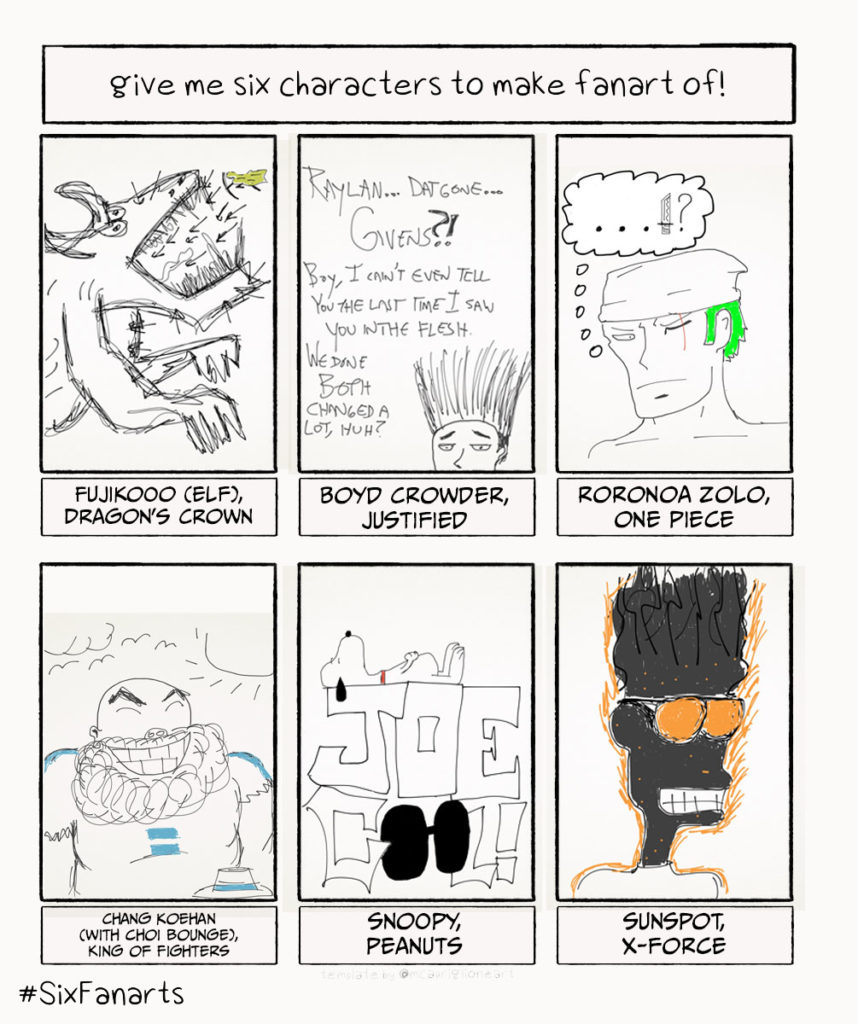
57:40 Meanwhile, Deb also came through this episode and drew all of us in caricature, just like Chip did when we started the podcast! Awesome, I’m so flattered!

Man now I actually have to get drawings of all of us together. Maybe I’ll draw them Natsume Ono style like up top, I look cute in that. 😉
1:00 We didn’t talk about colour this episode, as the cover of the Japanese book isn’t included anywhere in VIZ’s digital edition, but FWIW I really like the color on the cover. Chip did however give a shout-out to the great lettering on page 19.
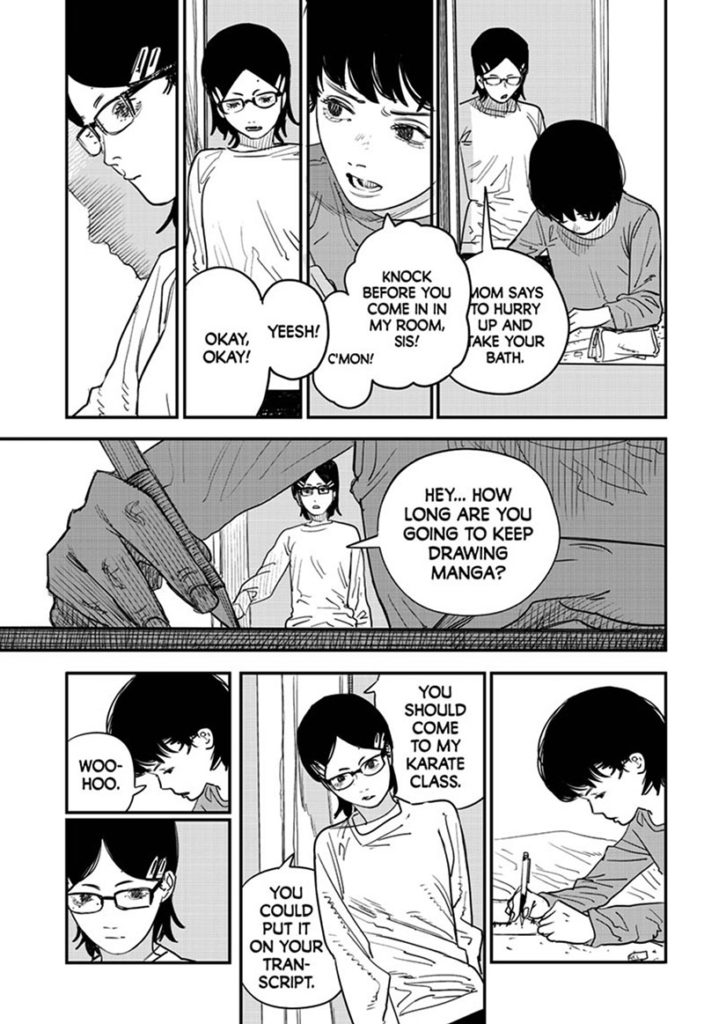
1:01:00 We also took time to shout-out just how good a job the team did on the chalkboard, translating a bunch of hand-written dialogue. I think it stands out even more, when you see the original (which appears online still on the Jump+ website).
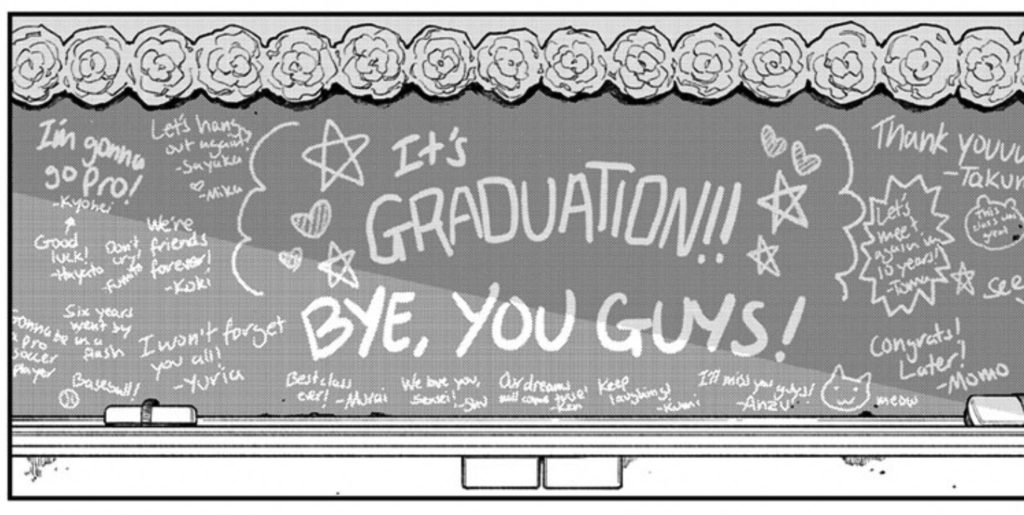
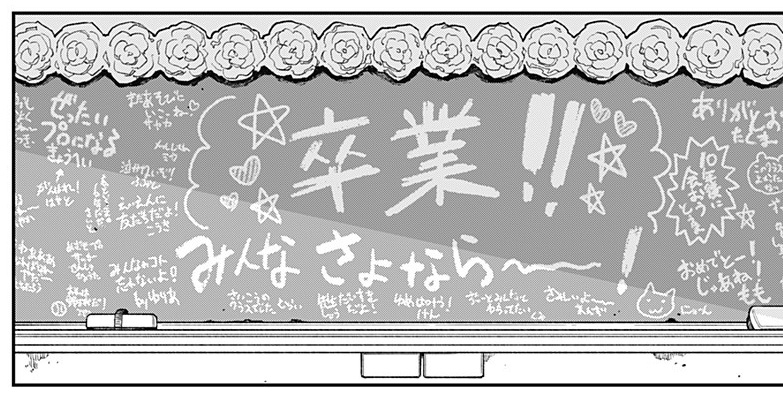
One thing we didn’t mention and maybe should’ve is how good the re-lettering is on the actual magazine pages from Shonen Jump. Here’s the same panel in English and Japanese, from when Fujino and Kyomoto win their very first runner-up prize:
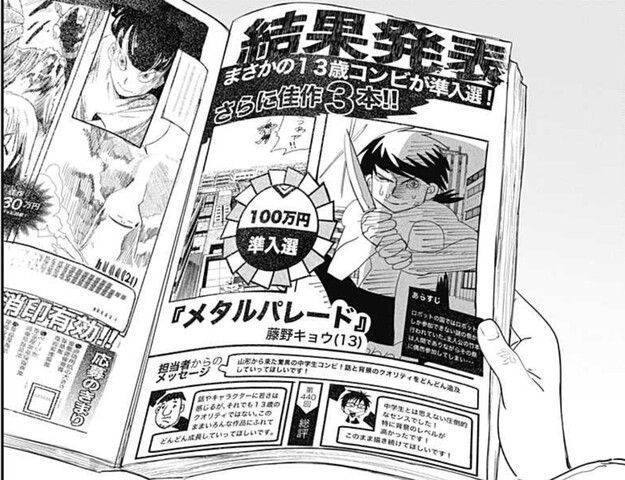
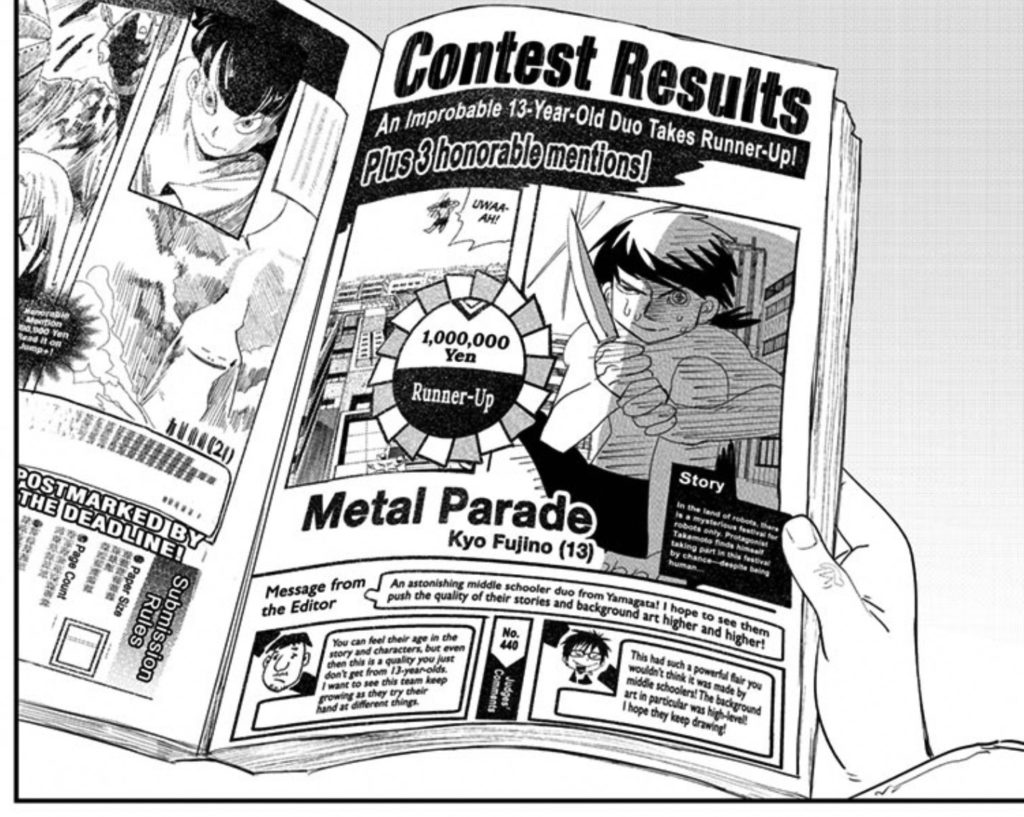
So I think it’s safe to say we liked this one!
1:02:10 THE BREAK: Please remember after this point all time-stamps are approximate.
1:03:00 This episode’s reader Q&A comes from Instagram, where you can find us @mangasplaining!
Hello! I have a question: Is there a general reason why mangakas mostly do the art as well as the script? I rarely see this in comics (mostly in indie comics). Is it mainly because the writer simply doesn’t know how to illustrate?
Alejandro, @alejoseso on instagram
1:04:20 I was wrong, Barry Windsor Smith was his own colourist on Weapon X. He’s also credited as the co-letterer! So like, yeah, it’s his book. Try to track down the originals, the colors are ruined in trade paperback.
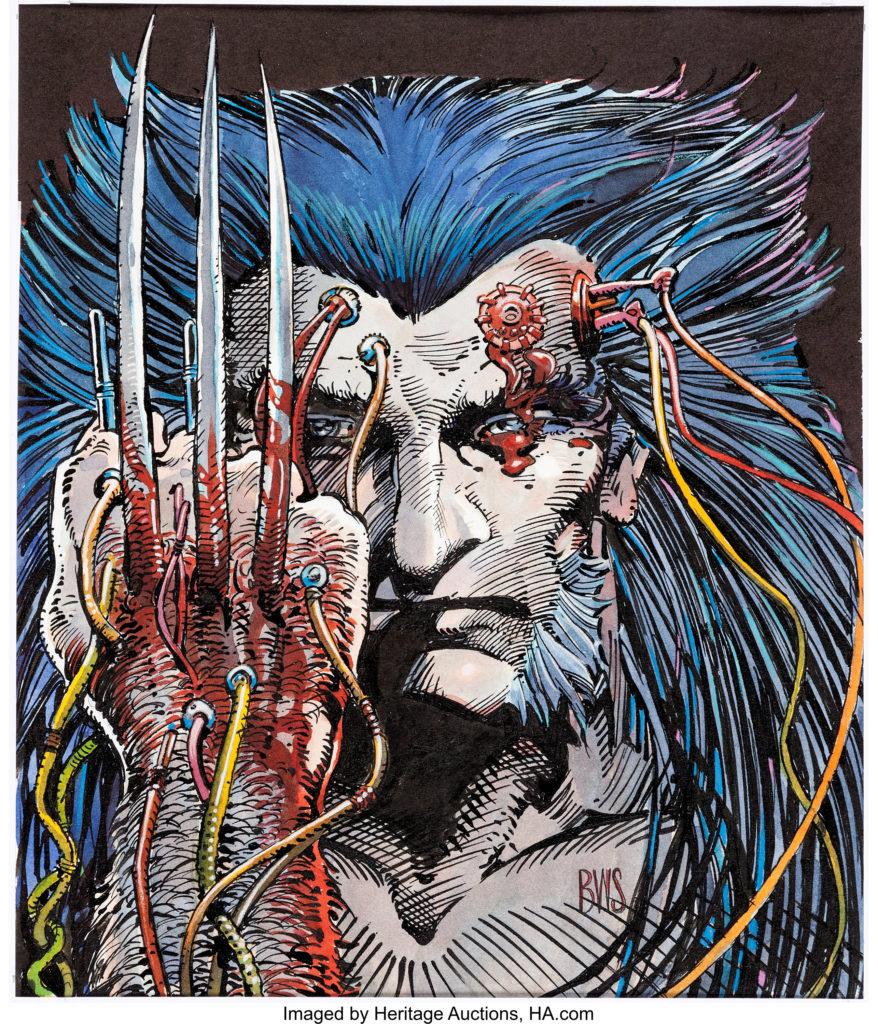
Deb mentions the manga artist Takeshi Obata, who is best known for working with other writers, including Yumi Hotta on Hikaru No Go, and Tsugumi Ohba on Death Note and Bakuman.
[Deb:] There’s a nice interview with Tsugumi Ohba on the VIZ website that talks about his collaboration process with Takeshi Obata. Here’s some storyboards that show Ohba’s storyboards on the left, and Obata’s rough storyboards for the same scenes on the right
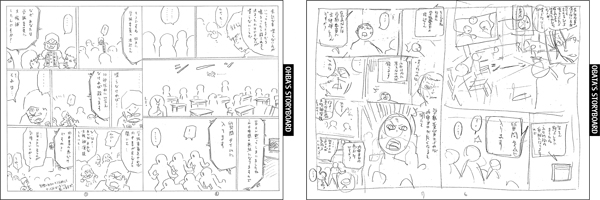
David mentions Ed McGuiness and the inker Dexter Vines as being a good artistic team that works well together, which can be just as important as a writer/artist team working together.
1:13:11 Kevin Nowlan (one of my fav superhero artists) had the original Alien art from Gil Kane as well as his inks/fixes, up on his website and it’s awesome. Great anecdote, David!
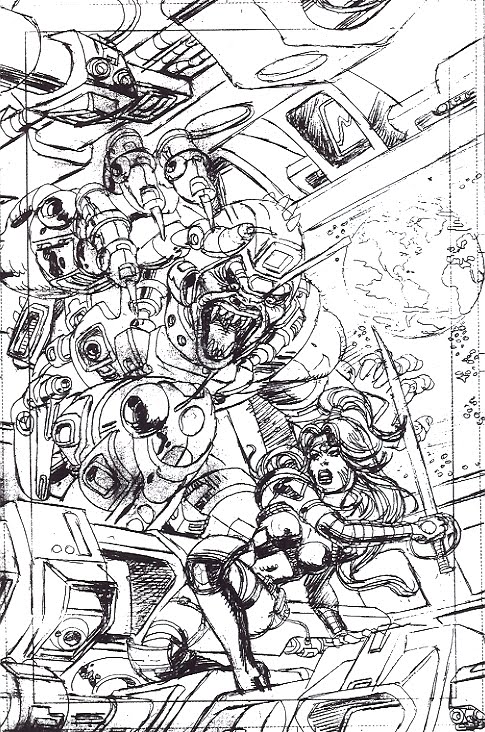
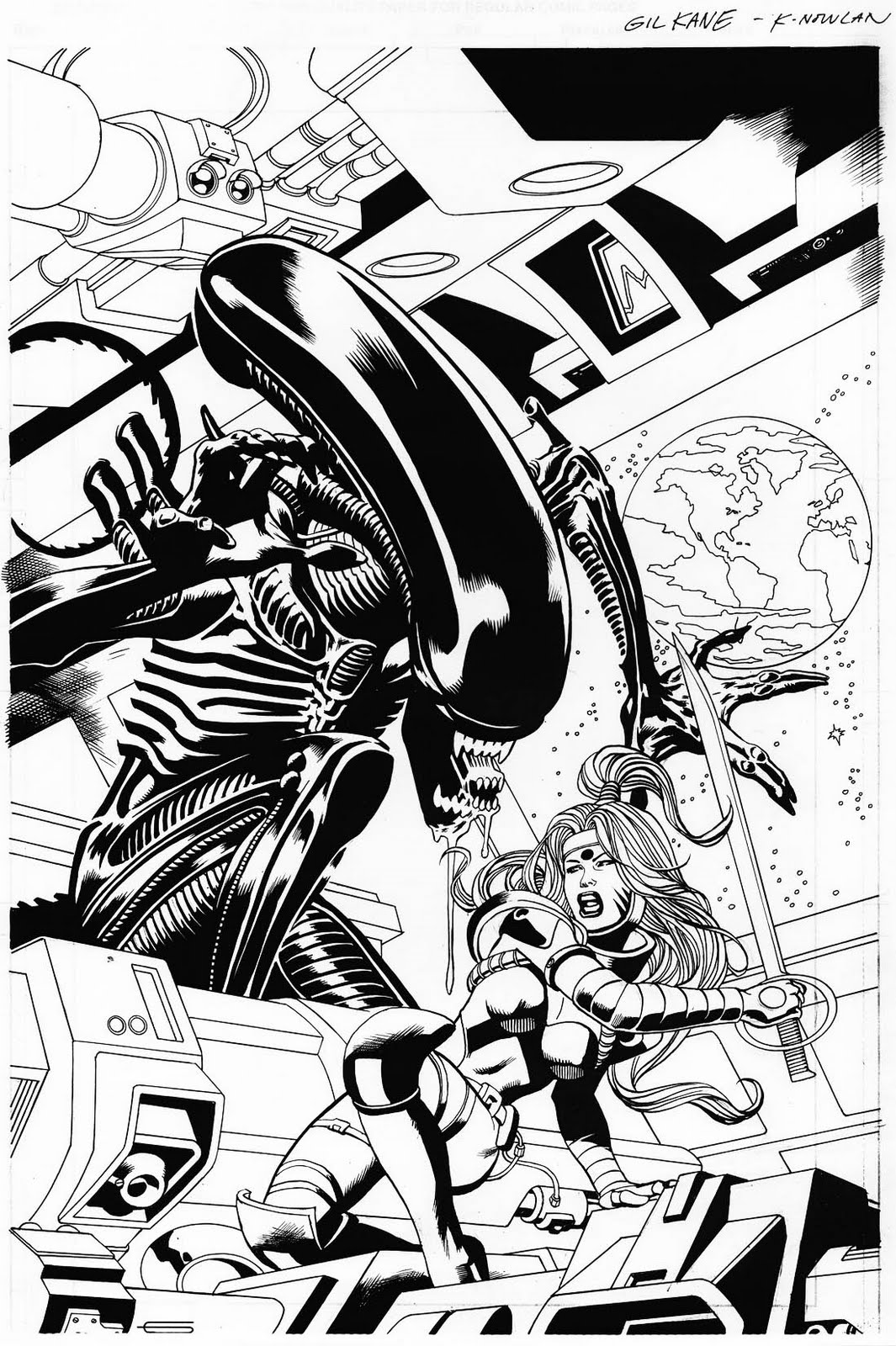
1:18:50 If you want to see the original ONE version of One Punch Man, it’s freely available on ONE’s Japanese website. Go check it out, it’s great!
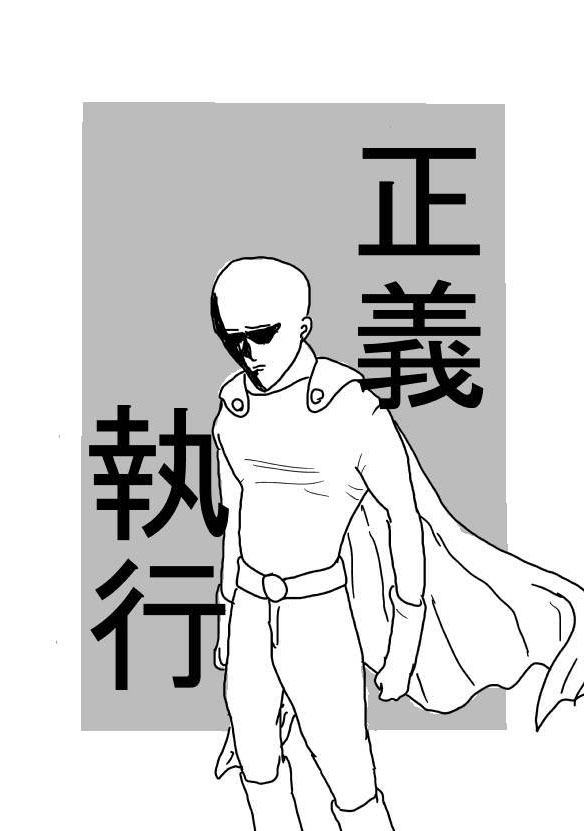
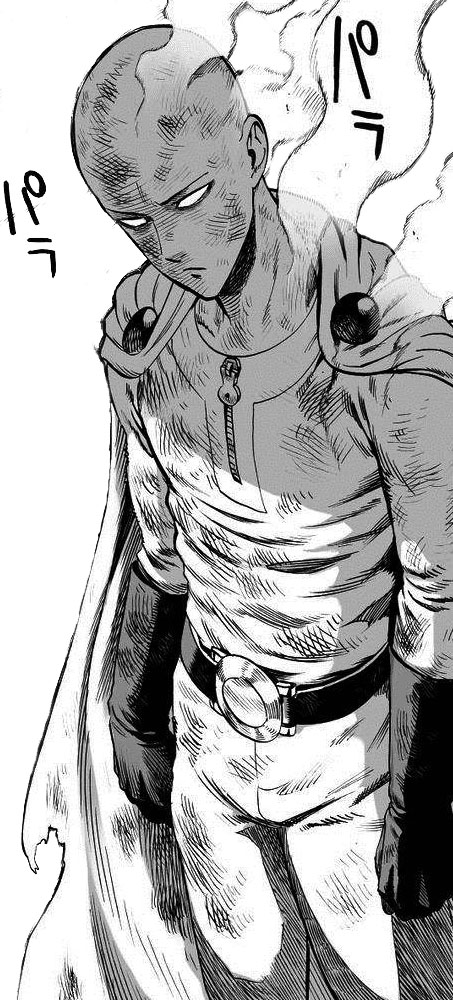
… and the moral of the story is, most manga are made by lots of people, even with only one name on the cover.
SPECIAL SHOW-NOTES ONLY SHOUT-OUT!
This week David released what I think is his first ever comic book! It’s called Apollo Kidz, and he made it with Caleb Goellner (who we’ve mentioned here on the podcast before, 45:20). Anyway the comic released this week, but he mentions it on next week’s shout-outs because time is an abstract concept! But yeah, go buy it now, get some good comics!
https://davidbrothers.gumroad.com/l/gEmfn
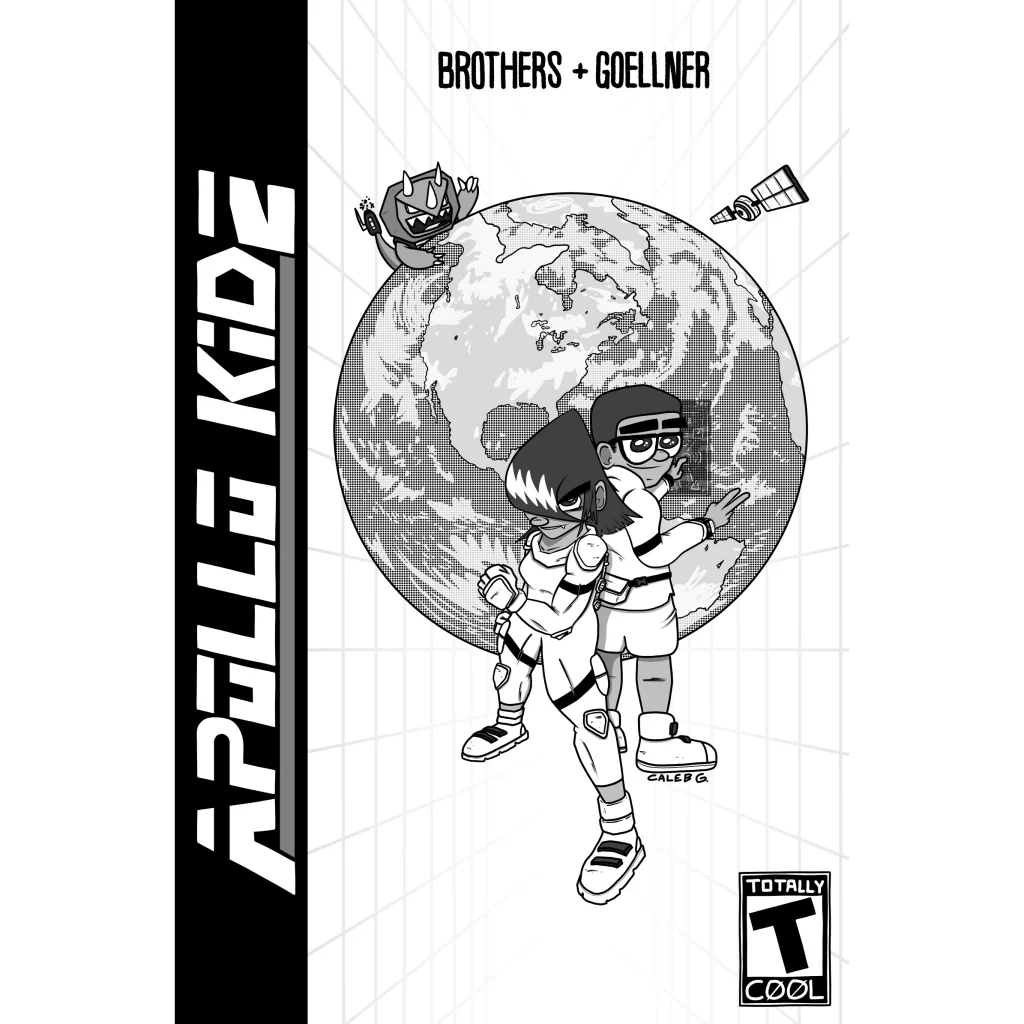
That wraps up this episode! As always please consider checking out your local comic shop for print manga purchasing, find one near you at comicshoplocator.com, or maybe check out your local library for print and digital lending options! But since this was a digital-only short locked to Shonen Jump, well, maybe go get Chainsaw Man from one of those fine outlets.
Check out Mangasplaining theme song composer D.A.D.S. on Spotify!
Thanks for listening and reading along!

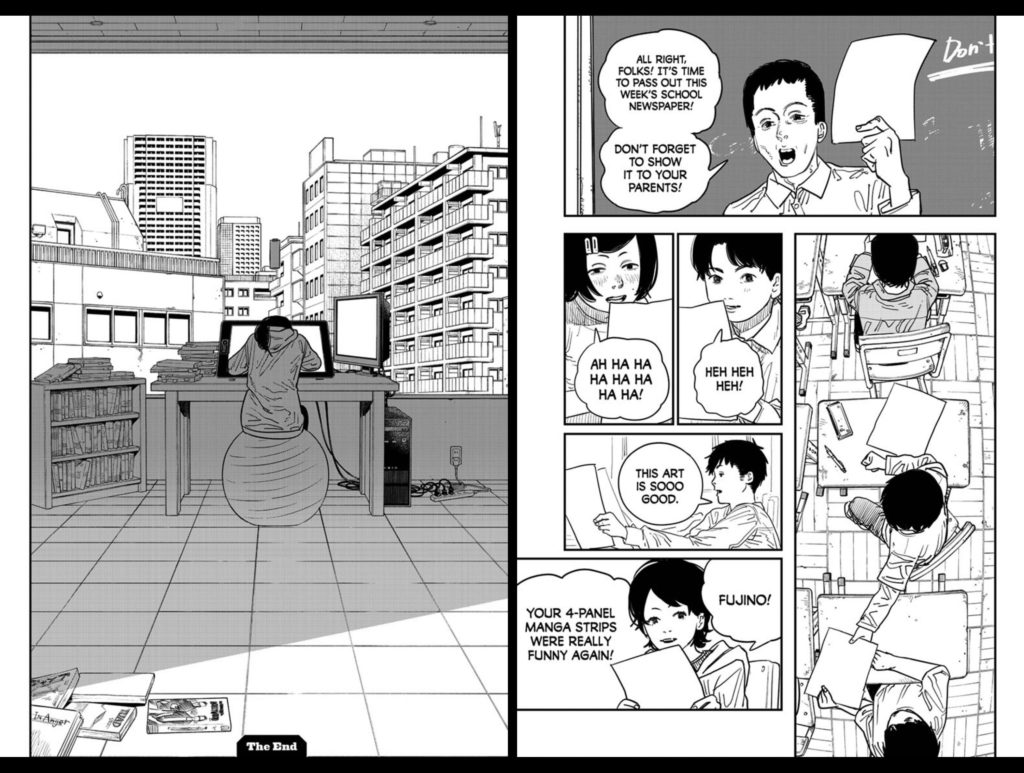
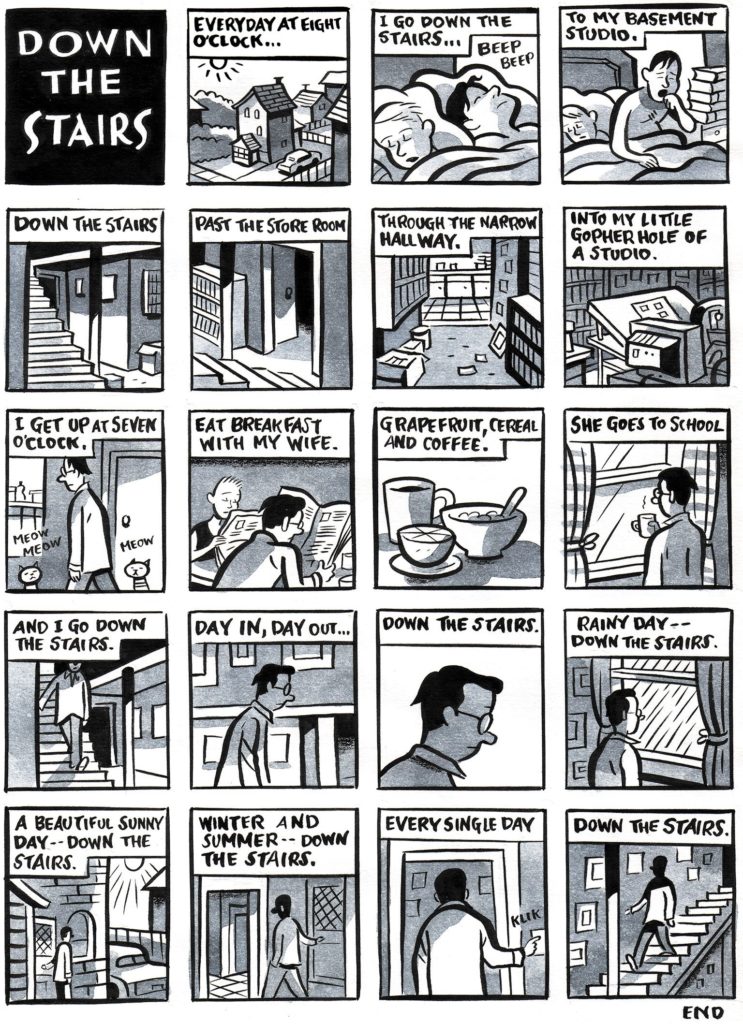
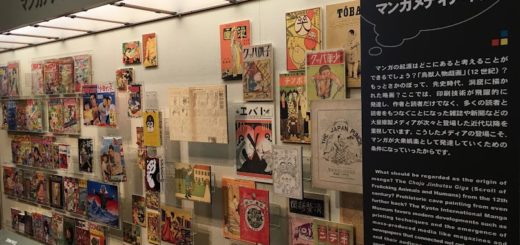
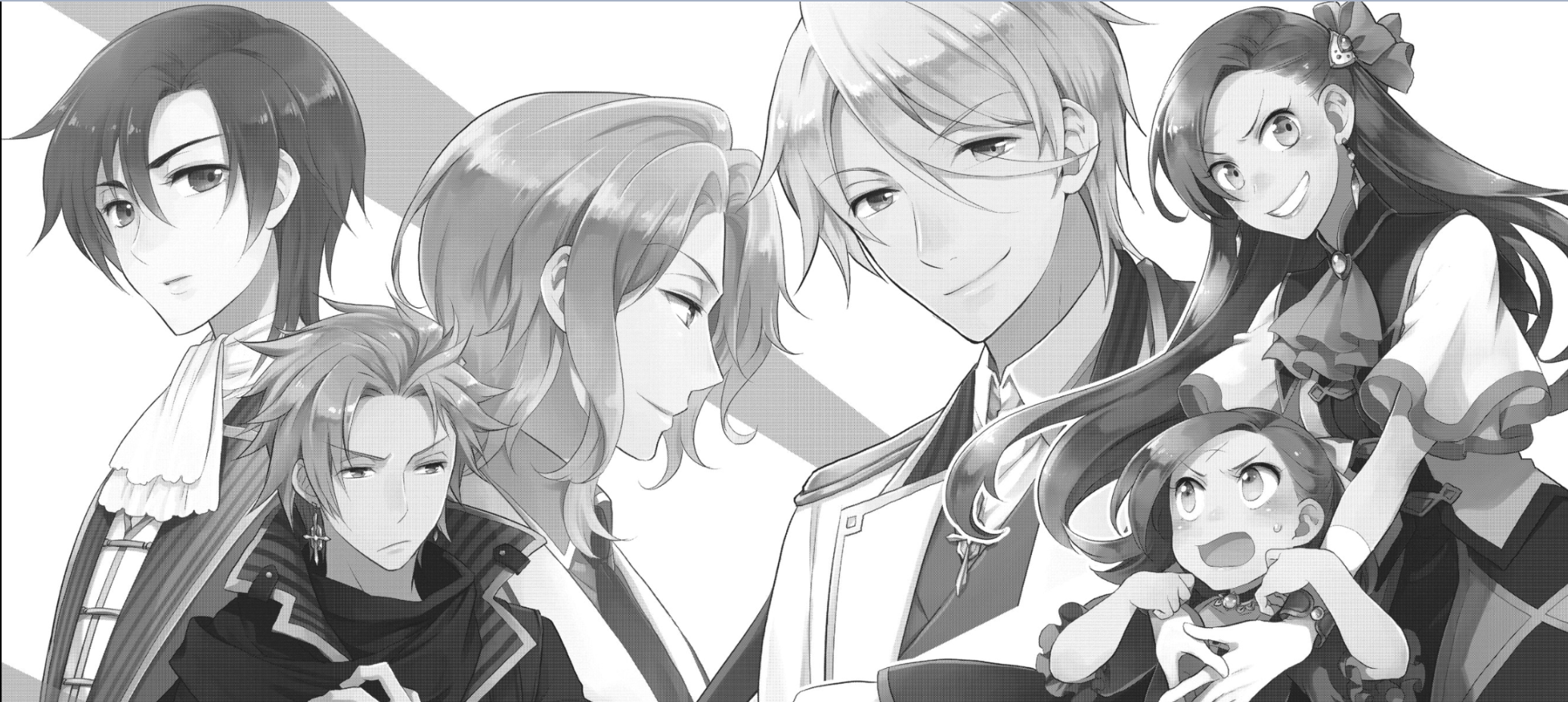
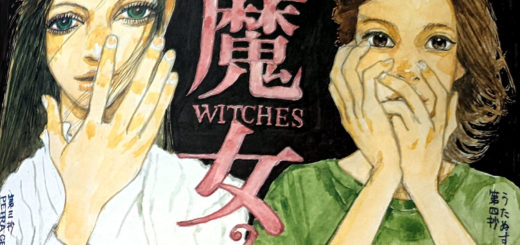
Great, great episode! The one thing I wish the cast touched on was how good the comics-within-the-comic were? Both in terms of being legitimately funny, compelling strips; and in being believably amateur artwork! Its really hard to make fake media be good, or for good artists to draw “bad”, and Fujimoto knocks both out of the park.
I agree with you, those four-panel strips are a lot of fun, and we should’ve probably touched on that a little more. Thanks for the kind words too, much appreciated!
Been waiting for this one since you guys first announced it. Great episode for one of my favorite manga.
One thing I’d like to mention is the jokes. The little 4-panel comics we see Fujino do throughout the story (and the last one by Kyomoto) always manage to get me to laugh. But they’re not just funny, they also feel very age appropriate, the meteor and the sports day comics especially feel like the type of dumb jokes my friends and I would tell each other.
Okay, so I had to miss my weekly dose of Mangasplaining yesterday, because ‘Look Back’ in Japanese was literally next on my to-read pile and I did not want to listen to this until I had finished it.
I blew through it in one (admittedly weepy) reading. Great stuff, honestly. Now I guess I *have* to go read Chainsaw Man.
Thanks for making me push this up the pile!
Great episode. I’m a pretty big Fujimoto fan so hearing Look Back talked about in detail was great.
Been eagerly awaiting this episode ever since you guys announced it. This rocketed up to one of my all time faves the day it dropped.
Only thing I have to add is that Fujimoto’s sense of humor shines even in a melancholy work like this one. That dumb meteor joke slays me every time I read it.
Hey thanks Kevin!
So glad you reviewed this one, because there’s a lot to unpack, and I think you did an excellent job of that. I remember some people were a bit critical of it being a somewhat manipulative heart string tugger, but even with that I still thought the quality was high. I might even go as far as to say it was my book of the year, and if not, at least near the very top.
So many great sequences, but I’m definitely a sucker for those pages where the main character is just sitting at her desk and you can tell the passage of time from the seasonal objects in the room. Loved all of those.
Many of the comments pointed to the wit of the 4-panel strips, and I have to put my hat in with them. In retrospect, they come off as a misdirect, as I thought the entire book would be more humorous and light in tone throughout.
Only point of contention would be using the Kyo-Ani incident as inspiration for the one character’s death. And it wasn’t because I felt it was done distastefully per se, but because I live in Japan and work in an anime-adjacent field (games), this was quite a big story. Having been heavily bombarded by the media and their sensationalization of that crime, encountering it here took me straight out of this story, and I think that was to its detriment, narratively speaking. Perhaps if I was on a situation like Deb mentioned, and not familiar with the Kyo-Ani incident, I could have accepted it. But the desire to tip a hat out of respect to the victims of that horrible crime seemed to run counter to the narrative itself. From my POV, it didn’t have to be that to satisfy the themes Fujimoto was trying to convey. It could have been a car accident or hiking mishap or anything else and the story still would have worked, but in my humble opinion it would have worked better because not only is the Kyo-Ani situation so memorable as to be jarring, it invites a whole level of discourse this book was not designed to handle. Granted not as bad as that Amazing Spider-Man issue about 9/11, because there was more to this story than the Kyo-Ani incident, but I won’t lie and say I didn’t cringe a little when I realized what Fujimoto was referencing.
OK, let me deboard the negativity train.
I’m completely with Chip on this one. From the pics you posted, the English lettering on this is fantastic. It doesn’t feel invasive at all. Any guess as to what font that is? That translation of the chalkboard and the magazine page is a master class. Can’t even begin to imagine the labor that went into that.
Thanks for giving some insight into how manga are made. Kudos for you for mentioning the editors, because a lot of the most popular series, especially the long-running hits have a lot of editorial involvement. Gosho Aoyama openly admits that a lot of the Rube Goldbergian devices for the murders his mysteries revolve around comes straight from his editors. As someone who works in a very poorly understood industry (games), I appreciate you throwing a light on how manga is made, especially since you have a lot of behind-the-scenes access.
i think theres a mistake about the raw hero mangaka and search and destroy.